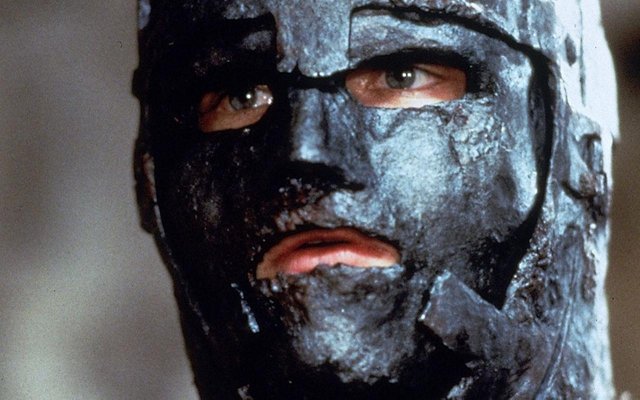Who Was The Real Man In The Iron Mask? (Part I)
You have probably watched a few films about him and you may even think that you know all about his tragic story, but in reality you don't know much about him. For that matter, no one does! We don't even know if he was as cute as Leonardo Di Caprio, who portrayed him in The Man in the Iron Mask, a 1998 action drama film that was loosely adapted from The Vicomte de Bragelonne by Alexandre Dumas.

What we know for sure is that the man in the iron mask's without a doubt the most famous prisoner in French history, even though nobody knows why he had to spend over thirty-five years in prison, reportedly in near perfect isolation and often with his face covered.
First Mention of the Infamous Prisoner
The first known record of the man dates back to July of 1669 when Marquis de Louvois in a letter to the governor of Pignerol prison, Bénigne Dauvergne de Saint-Mars, stated a prisoner by the name of Eustache Dauger would be arriving, who was “only a valet.” This man would go on to be the “man in the iron mask.”
But was this his real name? That is uncertain, and in the letter it is clear that the name was added by a different person than who wrote the rest of the letter. Why this is the case is one of the many mysteries surrounding this prisoner. From here we have numerous references of the man, some more credible than others.
For instance, Voltaire mentions him in his work, Le siècle de Louis XIV. Voltaire was imprisoned in the Bastille for about a year in 1717 where he met many inmates who had supposedly come in contact with the mysterious prisoner while he was still alive.
The existence of the man in the iron mask is also noted by other historical references such as Le mémoire secret pour servir a l‘histoire de la Percy by an unknown author; the writings of one of the most famous journalists of the French Revolution, Friedrich Melchior-Baron von Grimm; and the personal diary of Etienne de Junca, deputy of the Bastille during the time of the famous prisoner’s death.

The source, however, that made this prisoner famous among the masses was the book by Alexandre Dumas, The Man in the Iron Mask, which was the third and final book in the series that began with The Three Musketeers. Dumas’ book, although it is considered to be mainly fiction, seems to contain some useful historical data, with the author having conducted quite a detailed investigation into the case.
The Frenchman’s novels were often inspired by real people’s stories which he then created fictional stories around. This is also the case with The Count of Monte Cristo, which was loosely based on a supposedly real man, at least according to the author of the work Dumas read, police archivist Jacques Peuchet.

In any event, as mentioned, the order for Dauger’s imprisonment was given by the Marquis de Louvois, Louis XIV’s Secretary of State for War. Among other things, the order mentioned that Dauger had to be kept in high-security prisons, and he was not to come in contact with anyone but a very select few. And if he ever dared to speak of anything other than his immediate needs, he should be executed immediately.
Searching for the Truth
Towards this end, he had the same keeper for the rest of his life, the aforementioned French prison warden Bénigne d’Auvergne de Saint-Mars, who was extremely ambitious but purportedly not particularly bright or capable.
But as with most things concerning the real man, finding the truth among all the early reports is exceedingly difficult. For instance, while it is claimed he was ordered to never come in contact with other prisoners nor speak of anything but his immediate needs, at one point Saint-Mars is known to have received permission for Dauger to become a servant in prison to former superintendent of finances (and fellow prisoner) Nicolas Fouquet, when his normal servant was ill.
The only stipulation was that he was not to meet with anyone else other than Fouquet. If others were around, Dauger was not to be there. Why was Fouquet granted such access? It has been speculated that it is because Fouquet was expected to spend the rest of his life in prison, though of course this wouldn’t preclude him writing letters or meeting with others, making the whole lifting of the supposed restrictions even more curious.

The fact that Dauger was initially named a valet and later served as one in prison is also significant, if true. Given the protocols of the age, had he been royalty, or even just someone who had royal blood, this would probably not have been allowed. Someone of the royal blood imprisoned for life on dubious charges? Perfectly fine (often given servants and many of the perks of nobility while there). Subjected to becoming a servant by fellow royalty? This would have been unthinkable....
To Be Continued
The article was written by me in 2014 and was originally published on my personal blog theo-cracy.com & Today I Found Out. References
Who Was the Real Man in the Iron Mask?
Who Was the Man in the Iron Mask?